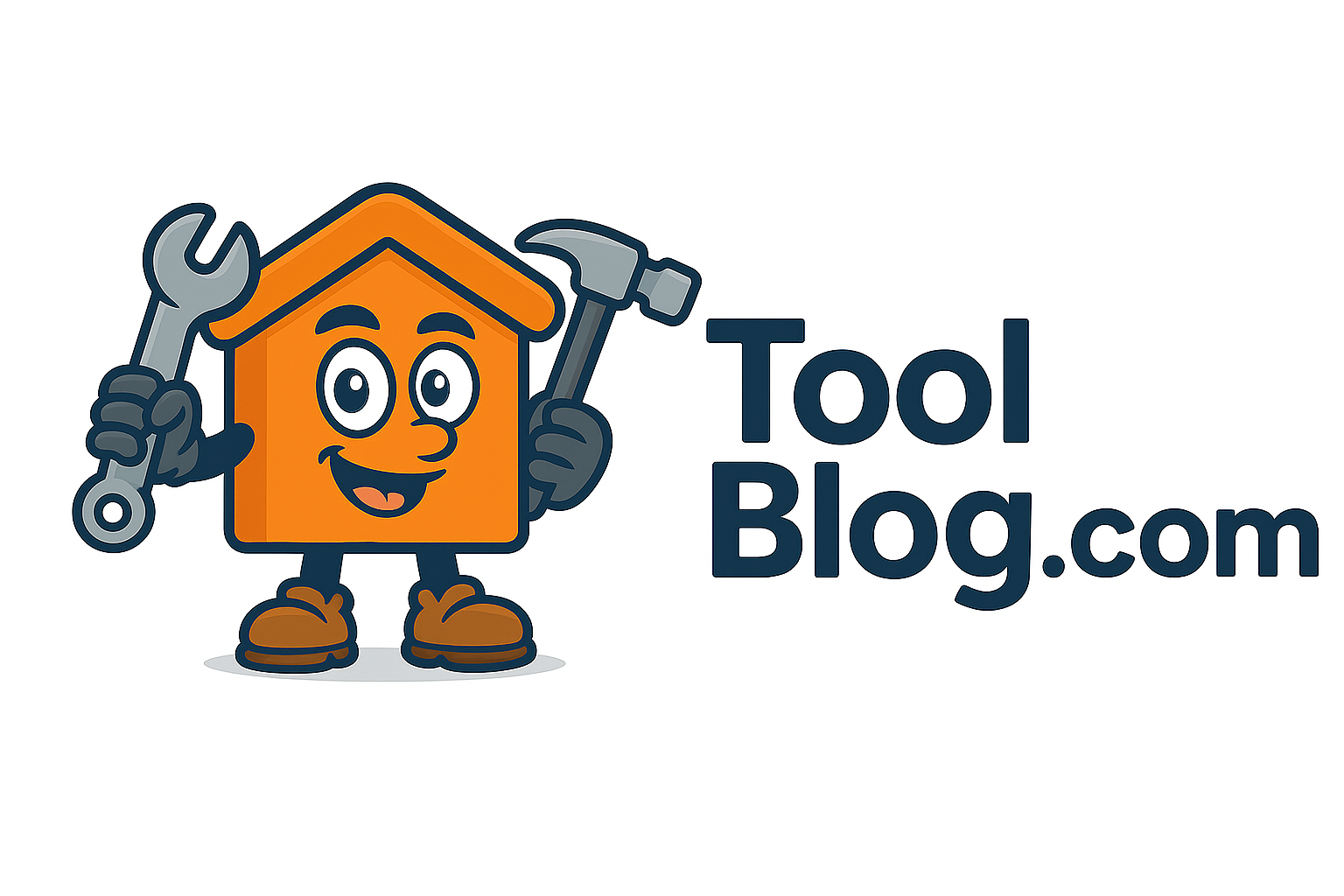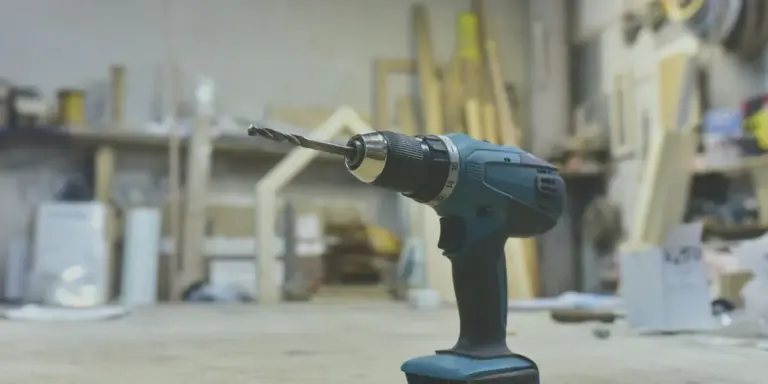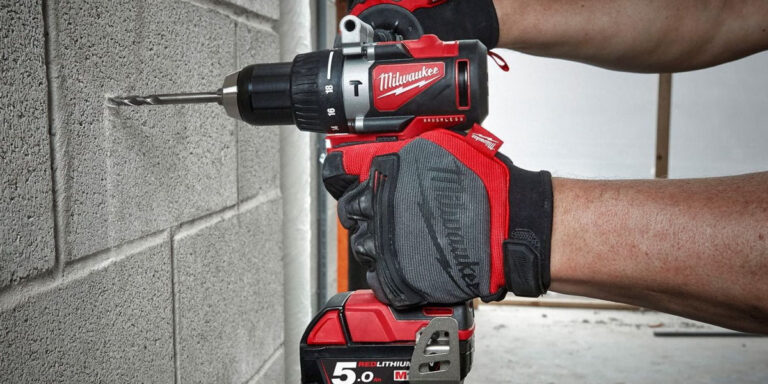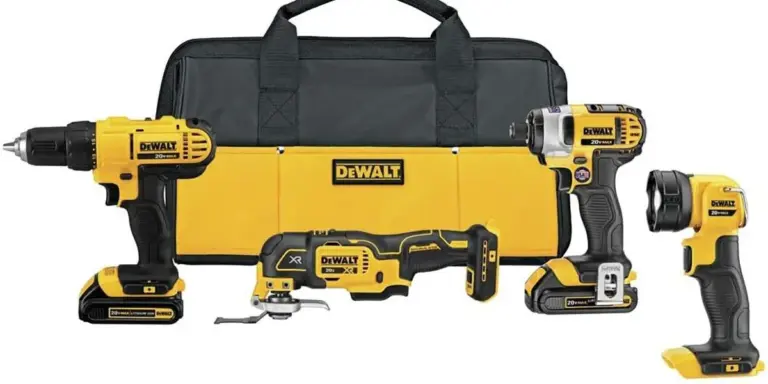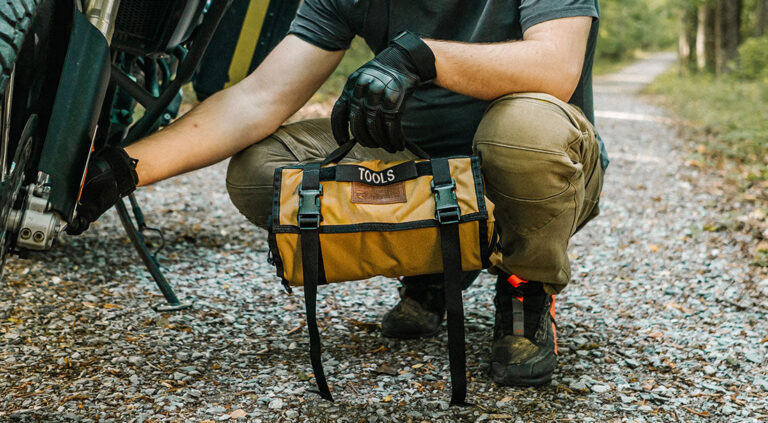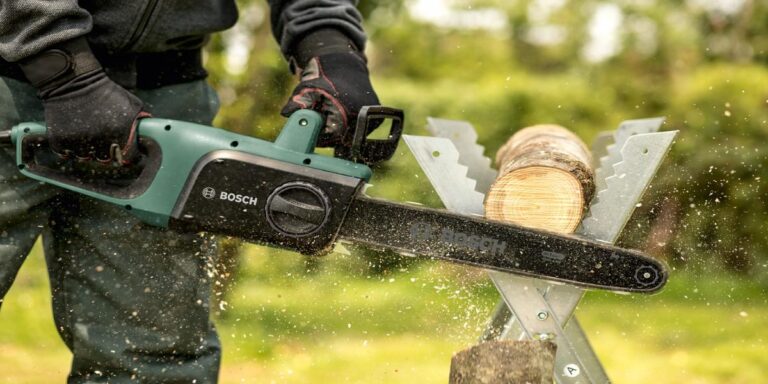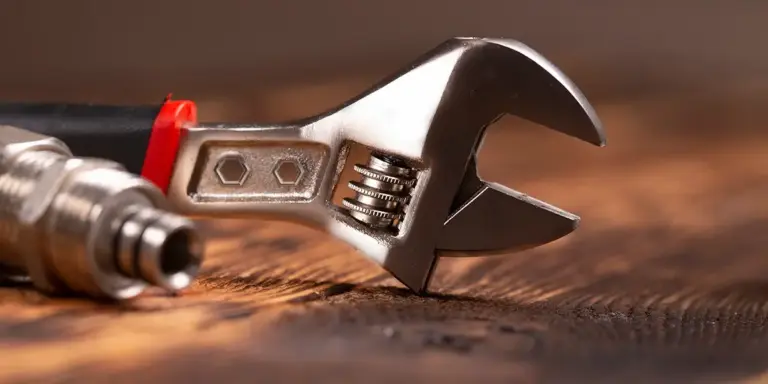Compact Power Tools for Tight Spaces
When I’m working on home improvement or workshop projects, one thing I’ve run into over and over again is the challenge of limited space. Whether it’s under a sink, inside a cabinet, in a crawl space, or between studs, there are places where full-sized power tools simply don’t fit. That’s where compact power tools come to the rescue. Having a set of compact power tools for tight spaces isn’t just a convenience—it’s essential if you want to get professional results in tricky spots.
Over the years, I’ve put together a collection of reliable tools specifically designed for these kinds of situations. They’re smaller, lighter, and often more precise than their full-sized counterparts, without sacrificing too much in terms of performance. In this article, I’ll walk through what I’ve found to be the best compact power tools for tight spaces based on real-world use, and I’ll share tips on how to choose the right ones for your own DIY needs.
Whether you’re remodeling a kitchen, fixing up your basement, or simply trying to install hardware in cramped quarters, these tools have proven themselves time and time again.
Why Size and Shape Matter in Tight Workspaces
Compact tools aren’t just about being smaller. They’re often designed with ergonomic features, right-angle heads, or ultra-slim housings that allow you to reach places full-sized tools can’t. In those confined areas where every inch counts, a bulky tool just gets in the way or becomes unusable altogether. That’s where compact power tools for tight spaces shine.
I’ve learned that in areas like inside wall cavities or beneath countertops, the difference between finishing a task in five minutes or spending an hour trying to wedge a tool into position usually comes down to how compact the tool is. The right tool can eliminate frustration, reduce fatigue, and let you work safer and smarter.
My Favorite Compact Power Tools for Tight Spaces
Let’s get into the actual tools. These are the ones I’ve personally used and would recommend if you’re serious about building a kit that can handle confined work environments.
1. Right Angle Drill/Driver
One of the most useful tools I own is a compact right angle drill. It’s perfect for drilling or driving screws in places where a standard drill simply can’t go. I’ve used mine inside cabinet frames, behind sinks, and even between studs when adding electrical boxes.
What I love most is the way the head sits perpendicular to the grip, which gives me much better control in tight quarters. The compact design doesn’t sacrifice power either—I’ve driven 3-inch screws into studs without a problem. Most right angle drills are also cordless, which adds to their flexibility and portability.
If you do any sort of renovation or finish carpentry, a right angle drill belongs in your toolbox. It’s one of the ultimate compact power tools for tight spaces, hands down.
2. Oscillating Multi-Tool
I don’t know how I ever lived without my oscillating multi-tool. It’s an incredibly versatile device that can sand, cut, grind, and scrape—all in a tool that fits into the palm of my hand. The ability to change attachments means it adapts to nearly any job.
This tool has saved me in so many cramped scenarios: trimming baseboard flush against drywall, cutting through door jambs for flooring, and even removing grout behind a toilet. Because the blade oscillates instead of spinning, it’s safer and more controllable in confined spaces.
What makes this tool one of the best compact power tools for tight spaces is how precise and steady it is. You can make flush cuts without damaging nearby surfaces, which is a lifesaver during finish work or repairs.
3. Compact Impact Driver
If you’re assembling cabinetry or driving long screws into tight corners, a compact impact driver is your best friend. These tools are shorter than standard drills and often have a stubby profile that lets them squeeze into smaller gaps.
The torque output on compact impact drivers is impressive—they deliver plenty of power without taking up much room. I’ve used mine to build workbenches, hang shelves, and install hardware in closets where space is limited.
Another benefit is that these tools are usually lighter than full-size models, which makes a huge difference when working overhead or in awkward positions. Compact impact drivers are a must-have in any set of compact power tools for tight spaces.
4. Mini Reciprocating Saw (One-Handed Sawzall)
When I need to cut pipes, metal conduit, or framing inside walls or under floors, I reach for a mini reciprocating saw. Also called a one-handed Sawzall, this tool is lighter and shorter than a standard reciprocating saw but still packs a punch.
The shorter body lets me work inside wall cavities or even underneath cabinets. I’ve used it to cut out old copper pipes, demo out sections of drywall, and remove rusty bolts from behind appliances. With the right blade, it can handle wood, plastic, and metal with ease.
Its compact nature doesn’t just make it fit better—it also reduces vibration, which makes it easier to control in delicate spaces. When building a collection of compact power tools for tight spaces, this one is essential for demolition and rough cutting.
5. Palm Sander or Detail Sander
Finishing work often happens in corners and crevices where full-size sanders can’t reach. That’s where a palm sander or a triangular detail sander comes in. These are small, lightweight, and designed for tight finishes.
I’ve used my detail sander inside furniture joints, around molding, and on window sashes. The precision they offer is perfect for prep work, and I don’t have to do everything by hand with a sanding block. The compact size also reduces fatigue, especially when sanding vertically or overhead.
A palm sander is quieter than larger models and kicks up less dust, which makes it ideal for indoor use. It might not look flashy, but it’s one of the most reliable compact power tools for tight spaces in my collection.
6. Cordless Screwdriver with Pivot Handle
Sometimes a regular drill or driver is just too bulky. For those moments, a cordless screwdriver with a pivoting handle is ideal. These tools are small enough to fit in your pocket but powerful enough to drive screws in light to medium-duty applications.
I’ve found these tools especially handy inside cabinetry, during electronics repair, or when installing door hardware in tight corners. Some models feature adjustable torque settings and LED lights, which really help in dark or awkward locations.
While not built for heavy-duty construction, these screwdrivers are perfect for those detailed jobs where finesse matters. They’re one of the more affordable additions to a set of compact power tools for tight spaces.
7. Rotary Tool (Dremel-Style)
When precision matters most, nothing beats a rotary tool. Whether I’m grinding, sanding, cutting, or engraving, this tool gives me the finesse I need in places my larger tools can’t reach.
I’ve used mine to notch ceramic tile, polish metal brackets, and even route out wood in detailed corners. Its compact motor housing and pencil-grip attachments give me total control—even in the smallest spaces.
Rotary tools are often underestimated, but they’re among the most adaptable compact power tools for tight spaces. With the right accessory kit, you can use them on just about any material, which makes them a solid all-in-one option for micro tasks.
8. Compact Circular Saw
For cutting in tight quarters or on-site adjustments, I rely on a compact circular saw. These are usually smaller in diameter (around 4.5 to 6 inches) and much lighter than their standard counterparts.
They’re perfect for trimming plywood, cutting flooring, or making plunge cuts in confined areas. I’ve taken mine into attics, under countertops, and even used it on ladder-mounted jobs where a full-size saw would’ve been too dangerous or heavy.
Despite their size, they can be surprisingly powerful and accurate. Most offer bevel and depth adjustments, and some are even battery-powered. If you work in a small space but still need to rip or crosscut, this is a standout among compact power tools for tight spaces.
Key Considerations When Choosing Compact Tools
When I look for compact power tools, I think beyond just size. Here’s what I always keep in mind before making a purchase:
Battery Platform Compatibility
I try to buy cordless tools that use the same battery platform. It simplifies charging and storage and saves money over time. Brands like DeWalt, Makita, and Milwaukee have excellent compact offerings that run on their mainstream battery lines.
Ergonomics
Tight spaces often mean awkward hand positions. I always test how the tool feels in my grip—especially if I’m going to use it for extended periods.
Power vs. Size
Smaller tools will naturally have less raw power, but I always make sure they can still handle the tasks I need. Torque, blade speed, and motor type matter, even in a compact form.
Durability
Cramped areas tend to increase the chances of dropping tools or knocking them against surfaces. I look for models with rubber bumpers or reinforced housings to extend lifespan.
Final Thoughts
Having a reliable collection of compact power tools for tight spaces has made my DIY work faster, safer, and way less frustrating. These tools aren’t just scaled-down versions of full-sized models—they’re thoughtfully designed to excel in hard-to-reach areas. Whether I’m working under the stairs, inside a crawl space, or installing fixtures in a tight corner, the right compact tool transforms an impossible job into a simple task.
If you’re serious about home renovation or small-space carpentry, I highly recommend investing in a few of these tools. They’ll save your back, your patience, and your project timeline. Keep them charged, keep them clean, and you’ll wonder how you ever worked without them.
